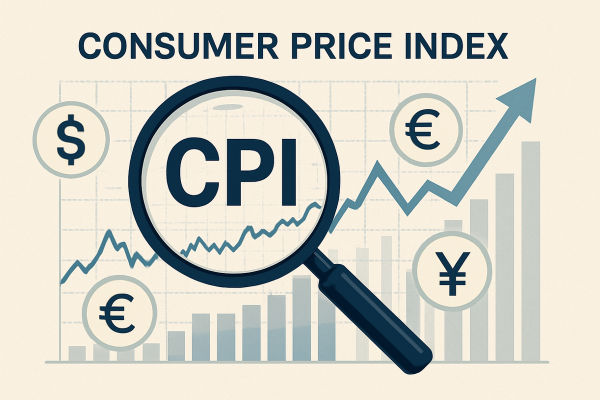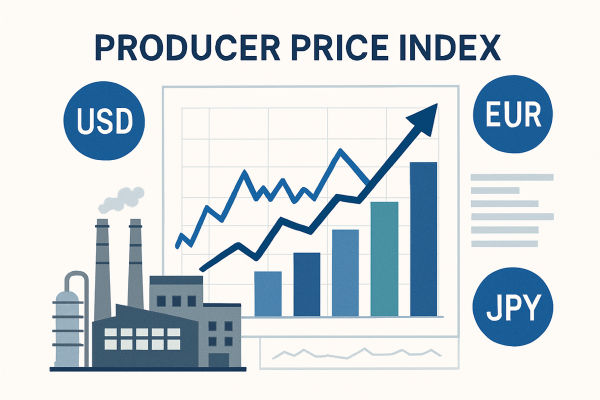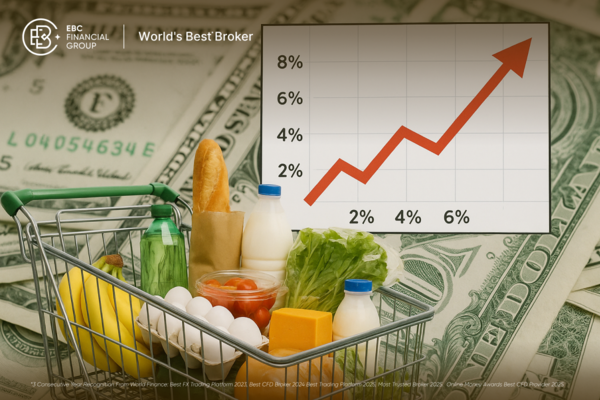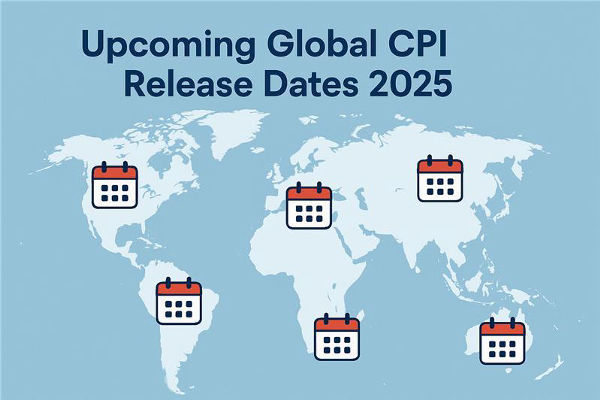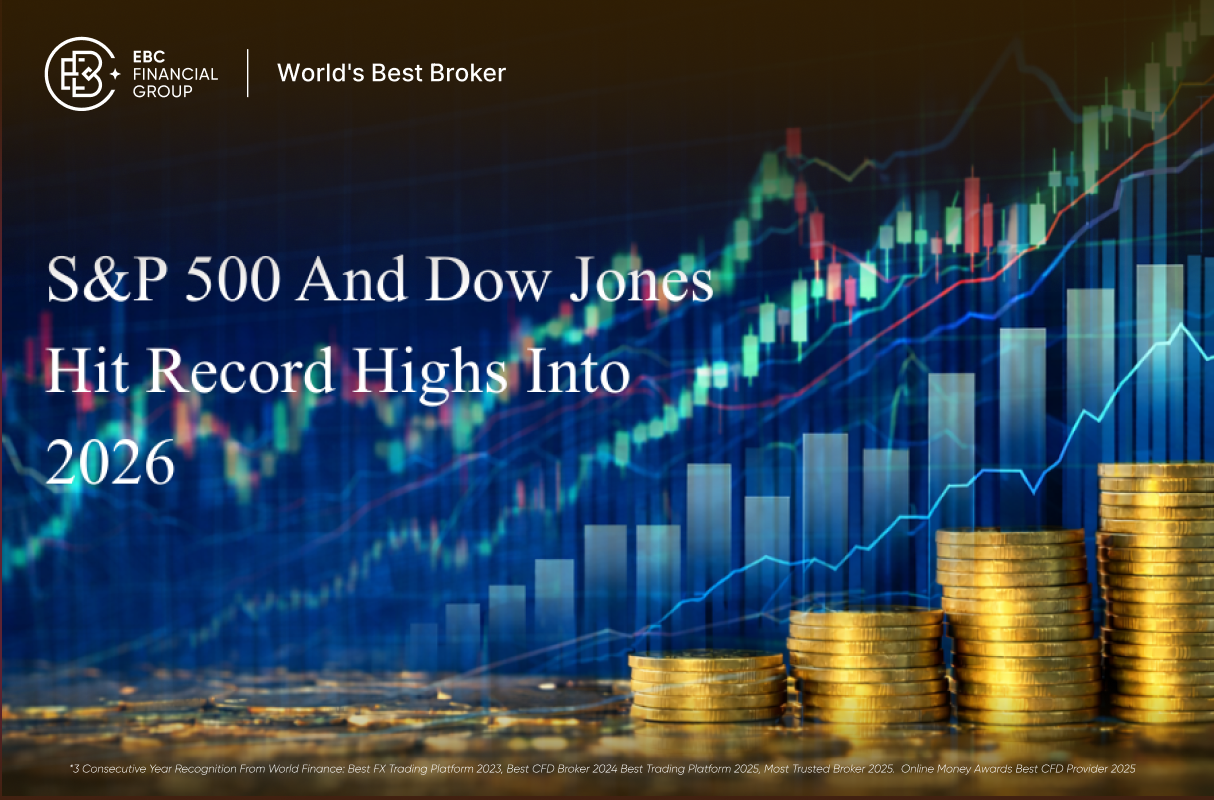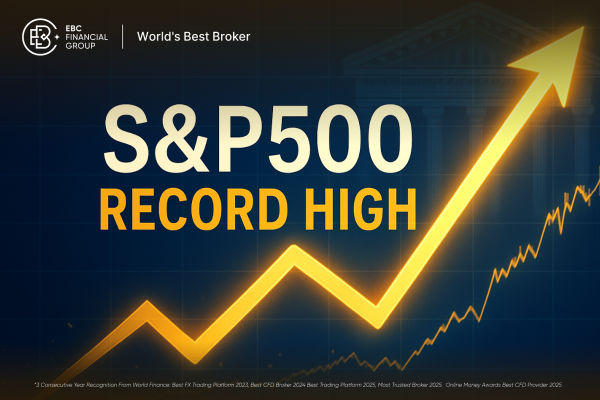In forex trading, CPI stands for Consumer Price Index, a key economic indicator that measures changes in the average price of goods and services over time.
It's vital because CPI reflects inflation levels, which can influence central bank policies, interest rates, and ultimately, currency values. For traders, understanding CPI can help anticipate market volatility and enable more informed trading choices.
This guide will outline what CPI is, its significance in forex trading, how to analyse CPI data, and effective strategies for incorporating it into your trading plan.
What Is CPI in Forex? Definition and Calculation Explained
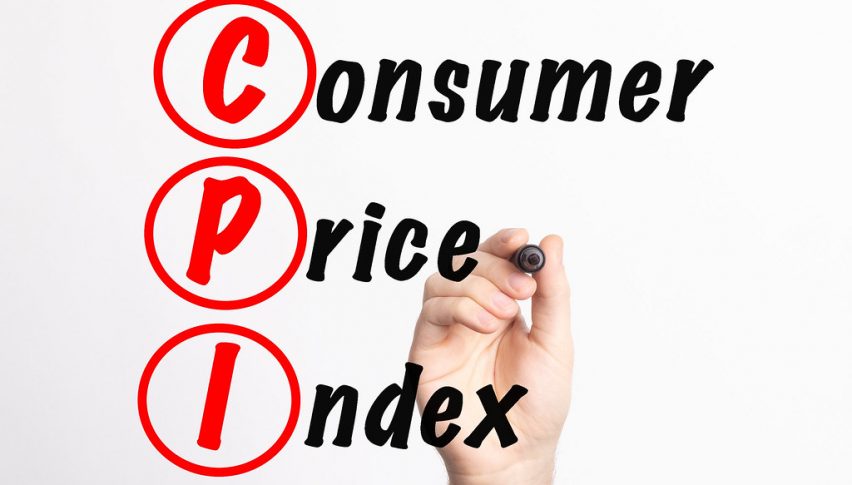
The Consumer Price Index measures the average change in prices that consumers pay for a basket of goods and services. It's often expressed as a percentage change compared to the previous month or year.
In the context of forex, CPI data can have a significant impact on a currency's value because it is directly linked to inflation, which is closely monitored by central banks when setting monetary policy.
How CPI Is Calculated
Governments and statistical agencies track prices for a set list of goods and services.
These prices are weighted based on their importance in the average consumer's spending habits.
The index compares current prices to a base year to determine percentage change.
Why CPI Matters in Forex Trading
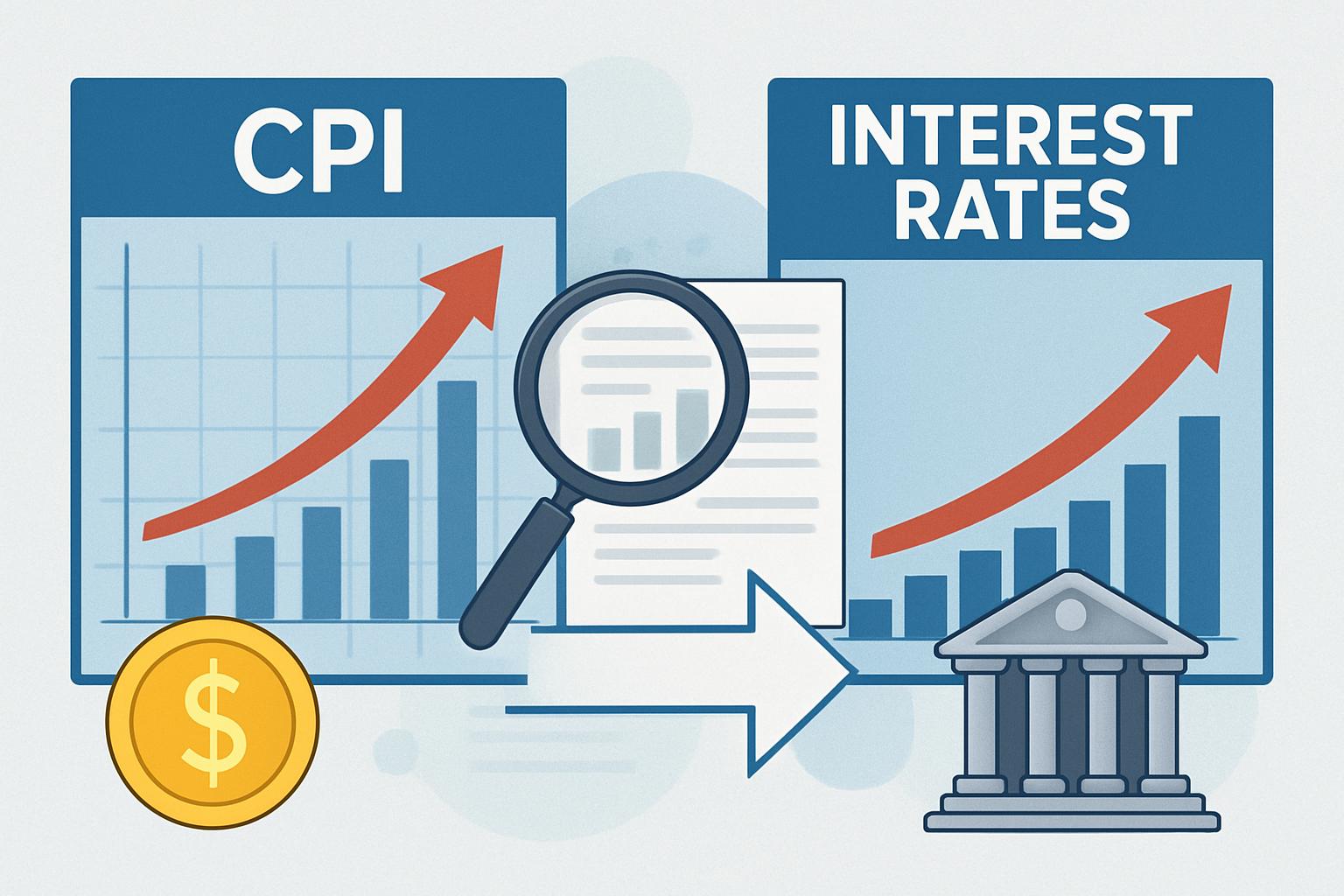
Indicator of Inflation
A high CPI value typically indicates rising inflation, whereas a low or negative CPI (deflation) implies that prices are decreasing.
Impact on Interest Rates
Central banks, such as the Federal Reserve or European Central Bank, often adjust interest rates in response to inflation.
Market Volatility
CPI releases often cause sharp moves in currency pairs, especially those involving the country whose data is released. Traders must monitor these releases for opportunities.
Interpreting CPI Reports for Forex Trading
Monthly vs Yearly Data
Month-over-Month (MoM): Short-term price changes are useful for identifying recent inflation trends.
Year-over-Year (YoY): Long-term inflation trend, more stable and less influenced by seasonal factors.
Core CPI vs Headline CPI
Headline CPI encompasses all products and services, including food and energy.
Core CPI excludes food and energy to show the underlying inflation trend.
Forex traders often pay more attention to Core CPI because it offers a clearer view of sustained inflation pressures.
CPI and Its Direct Impact on Currency Values
Positive CPI Surprise
If CPI comes in higher than expected:
Negative CPI Surprise
If CPI is lower than expected:
Example
Should the U.S. CPI increase markedly beyond predictions, the USD could strengthen against other currencies such as the EUR or JPY, as traders expect the Federal Reserve to hike interest rates.
How CPI Influences Forex Trading Strategies

Fundamental Trading Approach
Traders who use a fundamental approach consider CPI data as part of their macroeconomic analysis to determine long-term currency trends.
News Trading Approach
Some traders specialise in trading around major news releases such as the CPI. They may open positions just before or after the release to profit from volatility.
Swing and Position Trading
Longer-term traders watch CPI trends over several months to decide if a currency is in a strengthening or weakening phase.
How to Trade Forex Using CPI Data
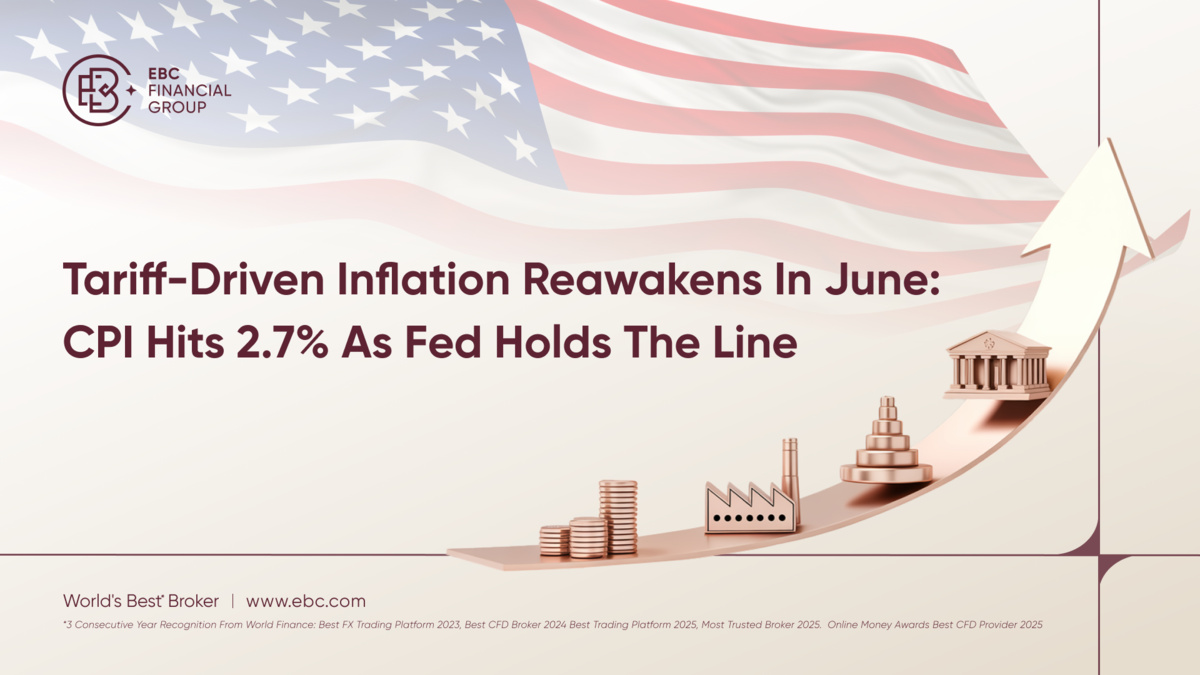
Step 1: Know the Release Dates
Check an economic calendar to see when major CPI reports are scheduled. Commonly traded CPI releases include:
U.S. CPI
Eurozone CPI
U.K. CPI
Japan CPI
Australia CPI
Step 2: Compare Actual vs. Forecast
Market reactions often depend on whether CPI comes in above, below, or in line with expectations.
Step 3: Watch Related Currency Pairs
For example:
U.S. CPI: USD/JPY, EUR/USD, GBP/USD
U.K. CPI: GBP/USD, GBP/JPY
Eurozone CPI: EUR/USD, EUR/GBP
Step 4: Manage Risk
Set stop-loss levels and adjust position sizes to account for the potential volatility during CPI releases.
Trading Example
Scenario:
The U.S. releases CPI data showing 4.0% YoY inflation, higher than the 3.6% forecast.
Market Reaction:
USD strengthens rapidly against major currencies.
Traders expecting an interest rate hike enter long USD positions.
Short-term volatility spikes in USD pairs.
Ideal Trade:
A trader might have taken a long position on USD/JPY immediately after the announcement, capitalising on the momentum for quick gains, while setting a tight stop-loss to control risk.
Frequently Asked Questions
Q1. What Does CPI Stand for in Forex Trading?
CPI stands for Consumer Price Index in forex. It measures inflation by tracking the average change in prices of goods and services over time, which can influence currency values and central bank policies.
Q2. How Does CPI Affect Currency Exchange Rates?
A higher-than-expected CPI often strengthens a currency because it increases the likelihood of interest rate hikes. Conversely, a lower CPI can weaken a currency due to the potential for rate cuts.
Q3. Can I Trade Forex Profitably Using Only CPI Data?
While CPI is a valuable indicator, it shouldn't be the sole basis for trading decisions. Combining CPI analysis with other fundamental and technical indicators increases the chances of making profitable trades.
Conclusion
In conclusion, the Consumer Price Index is one of the most vital pieces of economic data for forex traders. It serves as a barometer for inflation, guides central bank policy, and creates significant trading opportunities.
However, like all trading signals, CPI should be used with other analysis tools and risk management strategies to ensure consistent, long-term success.
Disclaimer: This material is for general information purposes only and is not intended as (and should not be considered to be) financial, investment or other advice on which reliance should be placed. No opinion given in the material constitutes a recommendation by EBC or the author that any particular investment, security, transaction or investment strategy is suitable for any specific person.
